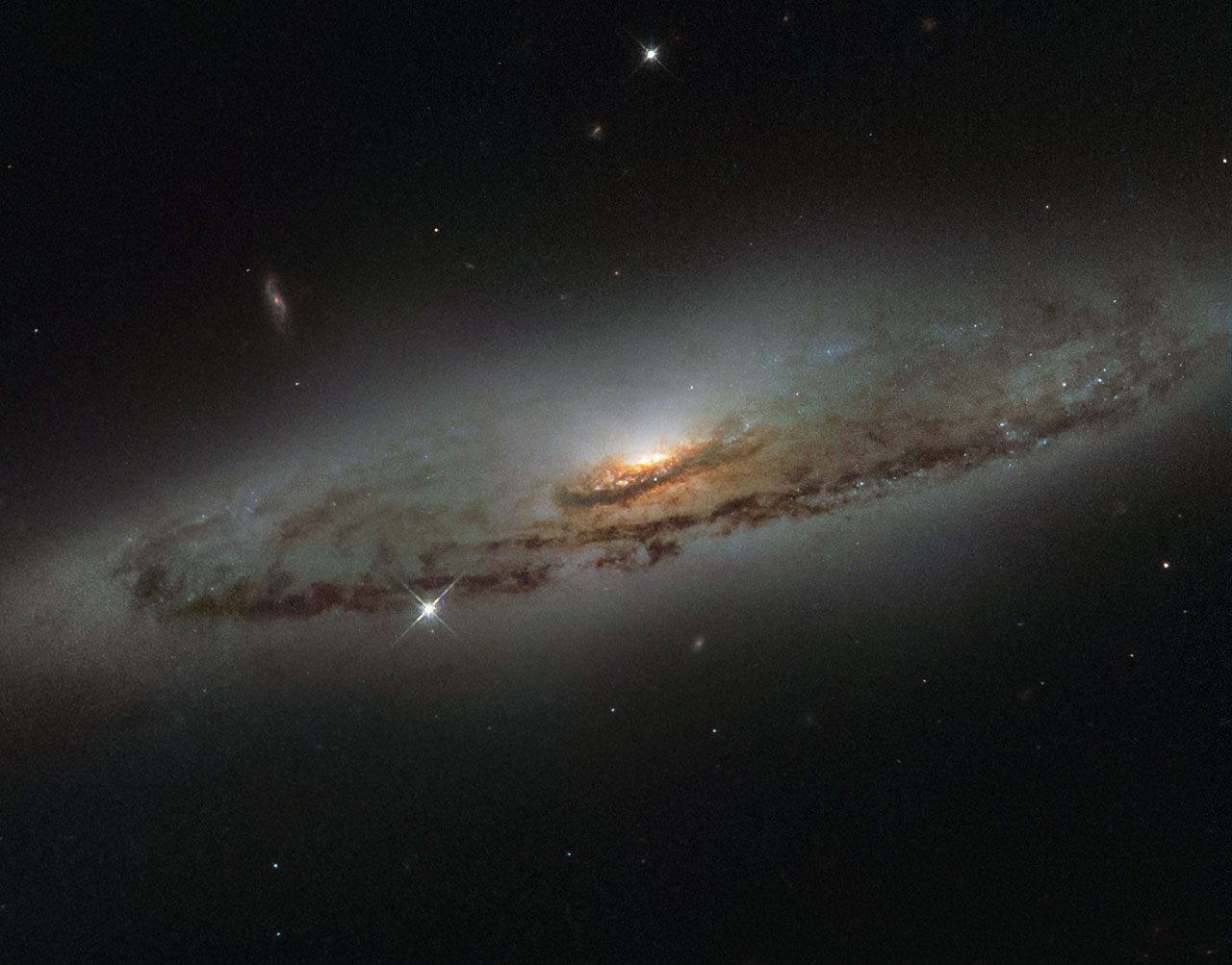Black holes are one of the most mysterious cosmic phenomena, despite how much we continue to learn about them. While considered a mathematical possibility for many years, the first black hole wasn’t discovered until Cygnus X-1 in 1971.
We now know that black holes occur frequently throughout the universe. One Sagittarius A* sits at the center of our galaxy, the Milky Way. In fact, according to NASA most galaxies of a similar size have monster black holes at their center. Sagittarius A* has approximately 4 million times more mass than the Sun.
Black holes aren’t actually holes. They’re named that way because their matter is so dense that even light cannot escape their gravity. In an image of one, you’ll see a ring of light circling around a black hole like a donut. The center of the donut is the black hole. Like stars and planets, black holes also spin. The ring of light and dust that surrounds a black hole is called the accretion disk, which gets hot and bright from spinning quickly around the black hole.

Don’t believe the hype about a scary black hole eating everything it can possibly attract. If our sun were replaced with a black hole of the same mass, our solar system would orbit similarly to how it does now, but it would be a lot colder.
We don’t know what matter looks like inside a black hole. We do know that any matter that crosses the Event Horizon, a black hole’s edge, would ultimately undergo what’s called spaghettification. It’s exactly what it sounds like: Matter would be squeezed and stretched and basically turned into a noodle.
Black holes are not “cosmic vacuum cleaners,” explains NASA. While their gravity is incredibly strong, celestial bodies can orbit black holes just like they do other stars. While an object can be sucked in if its orbit brings it too close, from farther away gravity behaves just like we’re used to it doing in our own solar system. We now know that some black holes are created by the death and collapse of stars.

“Black holes don’t suck. You can orbit a black hole just as you can orbit any other star or any other massive object,” said Varoujan Gorjan, a NASA research astronomer in an agency explainer on the topic.
That said, stars that orbit black holes can be destroyed by the black hole’s supermassive gravity. The black hole’s gravity can flatten and rip apart the star that orbits too close in what’s called a tidal disruption event. Some of the star’s material can be sucked into the black hole while the star itself continues on its orbital path. If there’s anything left, the process will repeat itself as the star continues to come around the black hole during its orbit.
Black holes can be identified using a variety of imaging techniques including x-ray images and ultraviolet wavelengths. Gravitational wave observatories have also been able to detect the ripples in space-time created when two black holes merge. Scientists are still attempting to answer the question of how the enormous black holes at the center of galaxies came to be there in the first place.
Black holes take some creativity to find. One way that scientists have located black holes is by watching for speedy orbits of stars around something we can’t see. The only way to explain fast-moving stars orbiting some central invisible object is for that object to be a black hole with strong enough gravity to keep the stars in place. Scientists found Cygnus X-1 by recognizing its accretion disk, grown from stealing material from a nearby companion star. The superheated accretion disk showed up in X-rays.
While there’s no need to fear that the black hole at the center of our galaxy will expand and consume everything, we can track rogue black holes as they move through the universe. When it’s launched in 2027, the Nancy Grace Roman Space Telescope will find black holes by looking for the telltale signs of starlight being warped on its way to us by a black hole in between the telescope and the distant star. The warped light will be an indication that a black hole is present.
This story is part of Popular Science’s Ask Us Anything series, where we answer your most outlandish, mind-burning questions, from the ordinary to the off-the-wall. Have something you’ve always wanted to know? Ask us.

